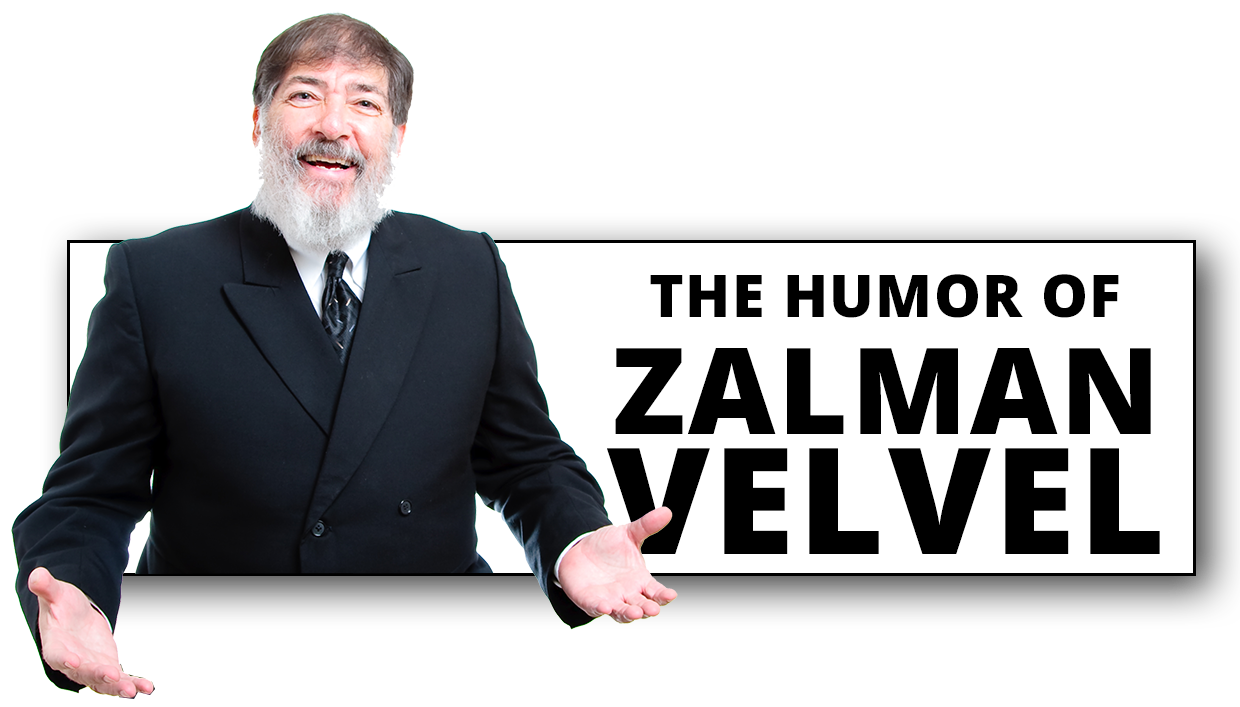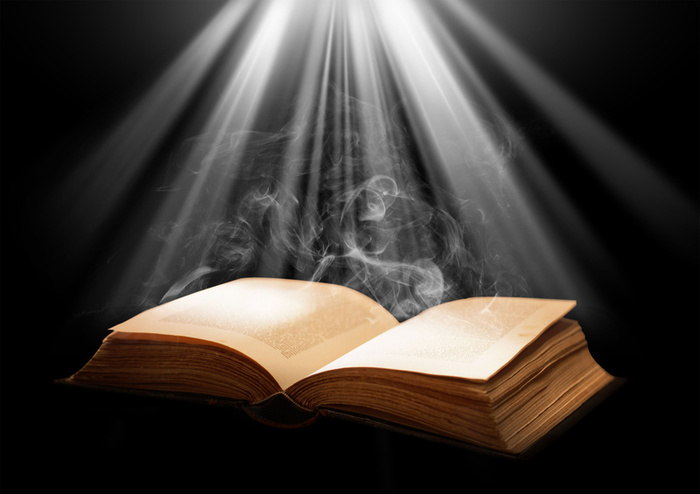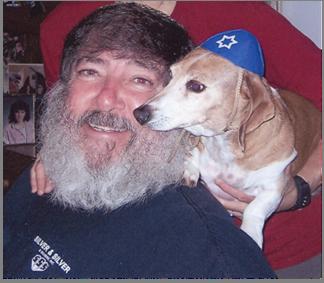By
Uncle Zally/ Zalman Velvel
_________________________________________________________
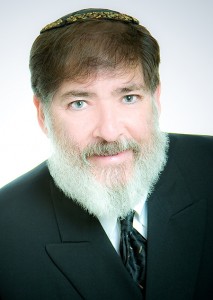 Welcome to the maiden voyages of Kabbalah Kronicles. Each week I will be sending out a humorous article about what we learned in Kabbalah Klass with Rabbi Yitchok Minkowicz of Chabad, Fort Myers. If you want to get this article automatically each week, subscribe to the RSS feed in the upper right corner of my website www.ZalmanVelvel.com . If the RSS feed is not easy for you, then just opt-in by entering your name and email address in the opt-in box on my home page, and the article will be emailed to you. If all that is still too complicated, then just bookmark www.ZalmanVelvel.com/blog and that will take you right to it.
Welcome to the maiden voyages of Kabbalah Kronicles. Each week I will be sending out a humorous article about what we learned in Kabbalah Klass with Rabbi Yitchok Minkowicz of Chabad, Fort Myers. If you want to get this article automatically each week, subscribe to the RSS feed in the upper right corner of my website www.ZalmanVelvel.com . If the RSS feed is not easy for you, then just opt-in by entering your name and email address in the opt-in box on my home page, and the article will be emailed to you. If all that is still too complicated, then just bookmark www.ZalmanVelvel.com/blog and that will take you right to it. _____________________________________________
We’re going to interrupt this series on Kabbalistic prayer due to Passover.
For more than half a century, I cringed at the thought of the Passover seder. It was a chore. So B-O-R-I-N-G ! I sat down for it because my father threatened me with starvation if I didn’t.
 When I made my return back to our faith, after 45 years, I found myself in front of my own children and grandchildren, conducting a seder that made them feel the same way I used to. It was a chore. B-O-R-I-N-G ! The traditional Passover Haggadah, and the seder that resulted from it, did not engage them any more than it did me. I was the Passover taskmaster. Sorry. I reject that role.
When I made my return back to our faith, after 45 years, I found myself in front of my own children and grandchildren, conducting a seder that made them feel the same way I used to. It was a chore. B-O-R-I-N-G ! The traditional Passover Haggadah, and the seder that resulted from it, did not engage them any more than it did me. I was the Passover taskmaster. Sorry. I reject that role.So I wrote our own Haggadah.
I felt sacrilegious. I imagined Rabbi Itchy rolling his brown Hasidic eyes, poking fun at my chutzpah when he found out. When I got up the courage to tell him, he surprised me … by showing little surprise.
“Welcome to the club,” he said. “There are hundreds of haggadahs written by other Jews.”
I felt further encouragement when a friend of the family showed us the unique haggadah written by Kibbutz Sasa in 1949, and this kibbutz was very secular.
I began by taking the existing haggadah, one page at a time, and outlining the ideas and the actions. While I wrote, I had one eye on the computer keyboard, and one eye looking up, waiting for His objection. To my great relief, I finished the outline without lightning parting my hair.
The outline showed a methodology and a powerful symbolism, but from the standpoint of telling a story out loud, it needed a greater understanding of the pressure that flat chairs can exert upon modern young tuchuses. Children nowadays have difficulty maintaining interest for two hours or more simply listening to words being read out loud, when tv, movies, video games, and the Internet added exciting visual stimulation.
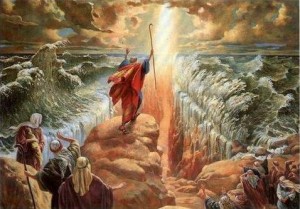 The story of the Exodus in the Torah is quite rich in human terms. The 10 plagues and the interaction between God, Moses and Pharaoh is dramatic. Since I am also a playwright and a card-carrying member of the Dramatists Guild, I believed I could use the underlying passion and wisdom behind that story to ignite the hearts and imaginations of young people.
The story of the Exodus in the Torah is quite rich in human terms. The 10 plagues and the interaction between God, Moses and Pharaoh is dramatic. Since I am also a playwright and a card-carrying member of the Dramatists Guild, I believed I could use the underlying passion and wisdom behind that story to ignite the hearts and imaginations of young people.Much credit is given to my wife, who during our last “traditional” seder surprised us all by having the grandchildren rain down little rubber frogs and locusts, and put on masks of animals, to animate the plagues. While she did this, the interest of everyone at the seder, both children and adults alike, perked up considerably.
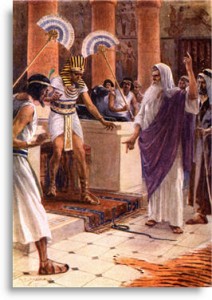 As a result, I added additional symbols for the plagues, more questions for the children besides the traditional four, and a dialogue between Moses and Pharaoh that was acted out by the adults. My goal was to get everyone at the seder table involved, and by that, we mean all the adults and all the children.
As a result, I added additional symbols for the plagues, more questions for the children besides the traditional four, and a dialogue between Moses and Pharaoh that was acted out by the adults. My goal was to get everyone at the seder table involved, and by that, we mean all the adults and all the children.Can you believe I am going to quote Gil Locks again? When asked by a Rav what the most important thing to watch out for at a seder, he said:
“Make sure the children have a good time.”
He further explained, “There is only one reason we have the Seder at all: to remember the Exodus from Egypt. And there is only one reason why we must remember the Exodus from Egypt: so we will remain Jews. If we forget our past, there will be no reason to go on as a people. There is only one way for us to remain Jews, and that is to raise Jewish families. Without the children coming back next year, there won’t be any Jewish families. It’s for the kids’ sake that we go through all this each year and, God willing, we will get to do it for them again next year, too. And if they have a good enough time, then surely someday we will even get to do it for their kids.”
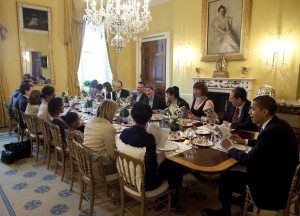 Well, this is the fourth straight year my family and friends had a great time at our Passover seder. During the first three years, the children just watched, wide-eyed, as the adults affected accents and laughed throughout the seder, as we took turns acting out the parts of Pharaoh and Moses. We had the adult acting as Pharaoh put a towel over his or her head, and the adult acting as Moses holding a big walking stick.
Well, this is the fourth straight year my family and friends had a great time at our Passover seder. During the first three years, the children just watched, wide-eyed, as the adults affected accents and laughed throughout the seder, as we took turns acting out the parts of Pharaoh and Moses. We had the adult acting as Pharaoh put a towel over his or her head, and the adult acting as Moses holding a big walking stick.This year, our grandchildren read so well, they wanted to act out the whole haggadah, and not share with the adults. When the adults started crying, I was forced to let them participate once again. 
I sent a copy of this Haggadah to my publisher, and friend, Rudy. He was interested in publishing it, provided I made two changes. The first was to make our haggadah even shorter, cut down from 30 minutes to about 20. He wanted to include an even shorter version that lasted only 10 minutes.
As much as I love and respect Rudy, I couldn’t do it.
Instead, I decided to Pass It On for free. Just about every hotel and motel room in this country has a free bible, so I’m following a pretty good tradition. If you send me an email requesting it, I will forward you a PDF of “The Family Haggadah.” Go to https://zalmanvelvel.com/contact-zalman/
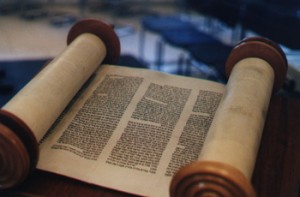 When you read “The Family Haggadah,” please accept it with my love and appreciation of the Jewish religion and our Torah. Please understand that at the creation of every tradition, even a 3,000 year old one, there was a change from what came before. History shows the Jewish religion reveres both tradition, and change, as long as the intention is to remain holy. That intention is imbued in “The Family Haggadah.”
When you read “The Family Haggadah,” please accept it with my love and appreciation of the Jewish religion and our Torah. Please understand that at the creation of every tradition, even a 3,000 year old one, there was a change from what came before. History shows the Jewish religion reveres both tradition, and change, as long as the intention is to remain holy. That intention is imbued in “The Family Haggadah.” Now, next week, after being dehydrated from eating twenty pounds of matzoh, you should all be ready for another juicy article about Kabbalistic prayer and Mysticism.
